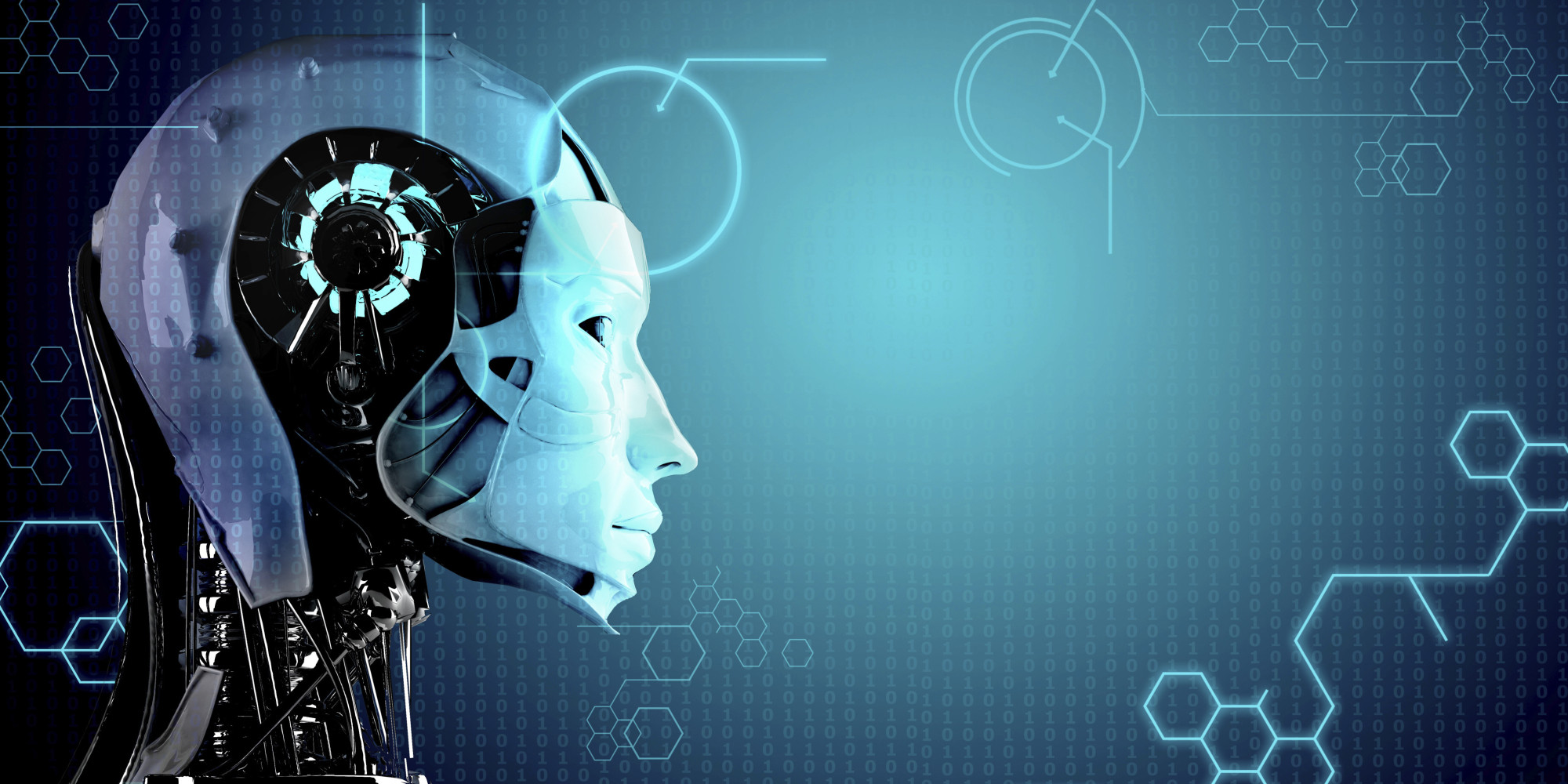Smart technology is rapidly changing the world we live in today. From smart houses to high-tech artificially intelligent robots, the world we live in is being saturated with advanced technology that simplifies our lives today. One industry that is fully embracing artificial intelligence is customer service. Companies across many different industries are jumping on board and using artificial intelligence and machine learning to create chatbots, remember customer problems, and create suggested responses. These are just some of the few incredible capabilities that Artificial Intelligence and Machine Learning and other smart technologies are bringing to the field of customer service.
Learn how intelligent customer service works. Sign up for a customer Conversational Software demo now!
How Artificial Intelligence is Leading the Smart Technology Revolution?

Smart technology is transforming the customer experience, but there’s also a more self-serving business benefit from its use. Those teams enabled and empowered through the likes of AI and predictive intelligence have higher rates of employee engagement. This is because agents feel more empowered and experience first-hand the positive impact this personalized style of service is having on the customer. There are two main ways that businesses are augmenting their customer care units with AI: “front-end AI-powered bots” and “AI-assisted human agents.” A front-end AI-powered bot is a conversational computer program that interacts directly with a customer without human intervention. On the other hand, an AI-assisted human agent is a human customer service representative who is supported by AI technology. Both these models are being used in service departments across industries.
Here are the 4 Smart Technologies for Smarter Customer Service
1. Chatbots
Of all the fields in the chatbot-crazed world, customer service is one of the prime targets for automation. Virtual customer agents (customer service-focused bots, or VCAs) are intelligent systems able to understand what users ask via chat and provide them adequate answers.
In 2015, the number of people using messaging apps overtook the number using social media. Beyond communicating with friends and work colleagues, individuals are increasingly using messaging apps to interact with brands. Messaging services are a brand new space for organizations to connect with existing and future customers. Businesses now have the opportunity to create new revenue streams using real-time, customized customer service bots within messaging applications. More than 34,000 chatbots on Facebook Messenger alone are a reflection of this opportunity. The airline, clothing and tourism industries are already leveraging this space. Consumers are connecting with brands through messaging apps to purchase airline tickets, book hotel accommodations and receive fashion advice. It’s only a matter of time before the other industries catch up.
Related:
Smart Technology Around You
Using Smart Technology to Move Customers Down the Funnel
The WeChat Messenger bot deployed by China Merchant Bank, one of the largest credit card issuers in China, is another example of a front-end bot. According to the AI technology provider Xiaoi, the China Merchant Bank’s front-end bot handles 1.5 to 2 million customer conversations per day, an inquiry volume that would typically require thousands of additional employees to answer. As most questions relate to card balances and payments, automation via a bot interface presents a relatively easy and cost efficient solution.
These above examples of chatbots already in use give a great introduction of the possibilities that AI brings to the field of customer service. AI makes it possible to create these large indexes so that the bot can respond back with pre-understood phrases or suggest responses to the human controlling it.
2. Suggested Responses
AI and ML are frequently misunderstood in the business world. They are not taking over jobs, but further enhancing current human positions. With suggested responses, companies can get through all of the requests at a much faster pace. AI bots can be used to read through customer requests and find the problem they are having. If you have repeat customers, customer conversation history is extremely important tool for your AI and ML. It can learn from past experiences and more accurately detect the problem the customer is having.
3. Conversation History
Woveon, a startup that provides intelligent customer service, uses AI programs to enhance its customer conversation history. Conversation history is simply saving past conversations between the customer and the business. Customer service representatives can then go back and use this data to help future questions the customer may have. Woveon is using this to essentially make a 3D diagram to further help the representative. The program will be able to go into the conversation history and track down the problems. It will then make a web with the biggest points being recurring problems. Branching off of the bigger problems will be other related problems that customers often have. This program, though still in development, will change the way customer service is able to work with customers. Woveon’s software, as mentioned above, is an AI-Assisted Human Agent and proves the importance of human interaction as it simplifies and speeds up these interactions.
4. Smart Tech Integration to the Business World
“As humans, we advance, that’s what we do. And the rise of AI in the customer service field is just another step in our advancement and should be looked at as such. There might be some growing pains during the process, but we shouldn’t let that stop us from growing and extending our knowledge. When we look at the benefits these chatbots, suggested responses, and conversation history can provide to the consumer and the business, it becomes clear that we are moving in the right direction.”

